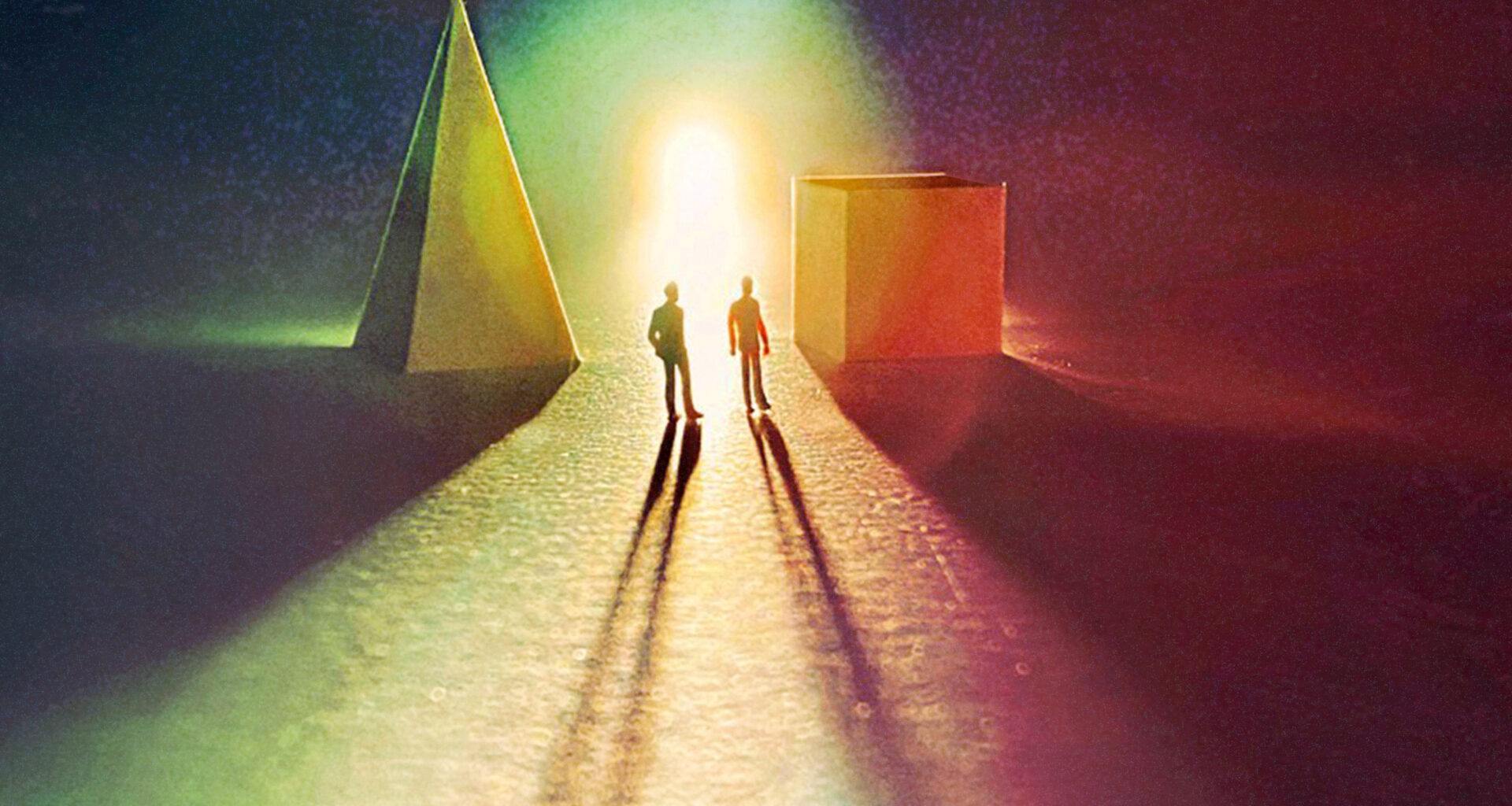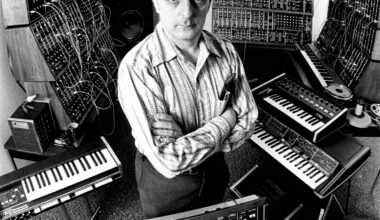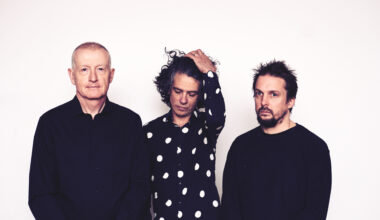Kraftwerk, motorik beats, New York synthcore, free jazz and lashings of psych. Deeply and thrillingly eclectic, the new album from Arizona duo Trees Speak is one heck of a sonic brew
Want to read more?
Sign up to Electronic Sound Premium to gain access to every post, video, special offers, and more. 100%, all you can eat, no commitment, cancel any time.
Already a premium member? Log in here






